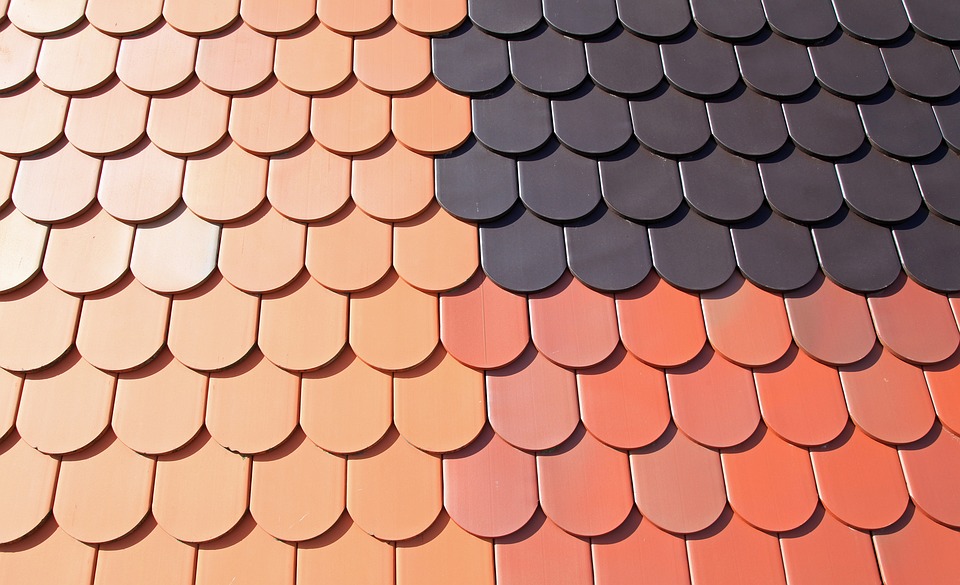Exploring the Functionality and Aesthetics of Sloped Roofs
Sloped roofs have been a staple in architecture for centuries, offering both functional and aesthetic benefits to buildings. In this article, we will delve into the various aspects of sloped roofs, from their practicality to their visual appeal.
This architectural feature helps prevent water accumulation and reduces the risk of leaks, making roof repairs less frequent and more manageable. Furthermore, sloped roofs can accommodate various materials and styles, from rustic shingles to sleek metal panels, adding unique character to any building.
Functionality of Sloped Roofs
One of the primary functions of a sloped roof is to efficiently shed water and snow, preventing water damage and leaks inside the building. The angle of the slope plays a crucial role in determining how quickly water runs off the roof, with steeper slopes allowing for faster drainage.
Additionally, sloped roofs provide better ventilation and insulation compared to flat roofs. The attic space created by the slope allows for proper airflow, reducing the risk of moisture buildup and mold growth. This improved ventilation also helps regulate the temperature inside the building, leading to energy savings.
Furthermore, sloped roofs are known for their durability and longevity. The slope helps distribute the weight of snow and debris, reducing the risk of structural damage over time. This makes sloped roofs a popular choice in areas with heavy snowfall or high winds.
Aesthetics of Sloped Roofs
Aside from their functional benefits, sloped roofs also contribute to the overall aesthetic appeal of a building. The angle of the slope can be customized to create a unique architectural style, ranging from classic gable roofs to modern shed roofs.
Sloped roofs offer a sense of symmetry and balance to a building’s exterior, enhancing its visual appeal. The pitch of the slope can be adjusted to complement the architectural design and create a cohesive look that ties the entire structure together.
From traditional cottages to contemporary skyscrapers, sloped roofs have remained a timeless design element that adds character and charm to buildings of all sizes and styles.
FAQs
Q: Are sloped roofs more expensive than flat roofs?
A: While the initial cost of installing a sloped roof may be higher than a flat roof, the long-term benefits in terms of durability and energy efficiency often outweigh the upfront investment.
Q: Can a sloped roof be added to an existing building?
A: Yes, sloped roofs can be added to existing buildings through renovation or extension projects. It is important to consult with a professional architect or contractor to determine the feasibility and structural requirements of adding a sloped roof.
Q: What materials are commonly used for sloped roofs?
A: Common materials for sloped roofs include asphalt shingles, metal roofing, clay tiles, and wood shakes. The choice of material depends on factors such as climate, budget, and aesthetic preferences.
Q: How do I maintain a sloped roof?
A: Regular maintenance, such as cleaning gutters, inspecting for damage, and replacing worn shingles, is essential for prolonging the lifespan of a sloped roof. It is recommended to schedule annual inspections with a roofing professional to address any potential issues promptly.
For more information on sloped roofs, check out this detailed guide on the topic.






